Did you know that the artists who crafted the sculptures at the 13th-century Chennakeshava Temple Somanathapura etched their names below the panels? Isn’t it truly fascinating? Names like Malithamma and others etched in stone for posterity act as a paean to the genius of the Hoysala craftsmen. Nestled not far away from the cultural city of Mysore lies one of Karnataka’s most exquisite architectural gems — the Chennakeshava Temple Somanathapura. Built in the 13th century by the Hoysala dynasty, this temple is a silent but eloquent masterclass in soapstone craftsmanship, intricate carvings, and symmetrical design.
Table of Contents
The Last Of The Great Hoysala Temples
In the heart of Karnataka’s verdant land, rivers like the Kaveri and Hemavathi whisper stories of the past to the sands, and temples carved and sculpted with divine grace rise. These temples are poems in stone that sing the glory of their builders for posterity. These are the temples built during the reign of the Hoysalas, who reigned between the 10th and 14th centuries. These great temple builders of Karnataka built over 1500 temples that included both Hindu and Jain temples during their reign.
Karnataka is studded with gems crafted by the genius of the Hoysala Temple builders. More than a thousand temples, known and unknown, small and big, sung and unsung, lie scattered across the state, particularly in and around the districts of Mysore and Hassan. The artistry of the Hoysalas scaled a crescendo with the temples that today are grouped as the “Sacred Ensembles of the Hoysalas” and are inscribed as UNESCO World Heritage Sites.
These are a triumvirate of sculptural and architectural pearls: the Chennakeshava Temple of Belur, the Hoysaleshwara Temple of Halebeedu, and the Chennakeshava Temple of Somanathapura. The Chennakeshava Temple is one of the last temples built by the great temple builders of the Hoysala dynasty, and also one of its grandest.
“One of the most marvellous exhibitions of human labour to be found even in the ancient east,” this is how the 19th-century archaeologist and historian, James Fergusson, described the Chennakeshava temple of Somanathapura.
Visiting Chennakeshava Temple Somanathapura | Somanathapura Temple
It was not our first visit to the Chennakeshava Temple of Somanathapura, we had been there before, however, we were visiting it with the memories of a recent visit to the temples of Belur and Halebeedu, still fresh in our minds. Another reason for this visit being different was the fact that we were guests of the District Administration of Mysore, and were visiting the monument as part of the Discover Mysuru programme organised by the Ministry of Tourism, Government of India, Bengaluru Office.
The UNESCO World Heritage Site seemed to have undergone a makeover since our last visit, presumably as a direct consequence of its being inscribed as a UNESCO World Heritage Site. The site was spick and span with paved walkways leading to the temple precincts from the entrance.
With the backdrop of the great Somanathapura Keshava Temple built by the Hoysalas, Karnataka folk dancers dressed in colourful costumes mesmerised us with dances like Dolu Kunitha and Kamsale. It was a spectacular sight as different aspects of Karnataka’s heritage, folk art, and ancient temple art blended seamlessly.
We followed our guide into the temple precincts, which were enclosed by a high wall on all sides. As we stepped inside the threshold of a small door, we entered the massive courtyard of the Chennakeshava Temple, Somanathapura. The temple stood in the centre of the courtyard, framed by the blue sky with specks of white.
Chennakeshava Temple Somanathapura – The Zenith Of Hoysala Temple Architecture
The Keshava temple Somanathapura exemplifies a perfect blend of symmetry, intricate detail, and devotional expression, representing the pinnacle of Hoysala craftsmanship. Despite its modest size compared to other temples, its artistic richness makes it a gem of South India heritage sites.
Crafted from soapstone, the temple showcases the Hoysalas’ signature star-shaped plan and finely carved ornamentation. The exterior walls are richly decorated with horizontal friezes depicting elephants, horses, mythical creatures, and scenes from Hindu epics like the Ramayana and Mahabharata. Above these friezes, intricately sculpted panels portray various deities and floral motifs.
The Chennakeshava temple of Somanathapura is a stunning example of Hoysala architecture. Constructed by the general Somanatha, the temple is a compact yet intricately detailed trikuta (three-shrined) structure, dedicated to Lord Vishnu. It stands on a raised platform (jagati), which not only elevates the temple but also allows devotees to perform pradakshina or circumambulation.
Chennakeshava Temple Karnataka | Hoysala Temple Somanathapura Design and Architecture
The Chennakeshava Temple Somanathapura stands majestically in the centre of a huge courtyard measuring about 215 feet by 177 feet, and is surrounded by an open Veranda having 61 cells, and supported by lathe-turned pillars, which is a hallmark of Hoysala temple design. The Hoysala temples feature elegant lathe-turned pillars, crafted from soapstone. These smooth, polished columns display exquisite precision, intricate designs, and demonstrate the advanced craftsmanship of the Hoysala artisans.
The Keshava temple stands on a 3-foot-high platform (Jagati), which follows the contours of the temple. Elephants facing outwards can be seen at the angles of the star-shaped jagati on which the temple stands.
Exquisite Exterior of Chennakeshava Temple Somanathapura
The exterior panels of friezes at the Chennakeshava Temple of Somanathapura – Somanathapura temple are a magnificent display of narrative and decorative art. Arranged in horizontal bands, these friezes hug the entire temple base, each layer telling its own story and having its own significance.
Starting from the bottom, the first frieze features rows of elephants symbolising strength and stability. Above them are bands of horses with riders, representing speed and valour. The next layer is filled with scenes from Hindu epics—the Ramayana, Mahabharata, and Bhagavata Purana—carved with remarkable detail and energy. Gods, goddesses, warriors, and mythological beings come alive in these dynamic panels.
It is worth noting that the later Parvas of the Ramayana are not depicted here; some of the incidents depicted include: Dashratha’s Yagna for progeny, the wedding of Rama and Sita, the legend of the golden deer, and the meeting of Rama with Hanuman and Sugriva. Incidents depicted from the Bhagavata Purana include: Vishnu reclining in the cosmic ocean, Krishna stealing butter, Krishna with Gopis, and Krishna vanquishing Kamsa. From the Mahabharata, some of the incidents that come alive on the temple’s outer walls are : Draupadi Swamvara, Dhritrashtra’s court, Kurukshetra war, and the dice game.
Higher up, friezes of scrolling creepers, floral motifs, and geometric patterns add grace and rhythm to the walls. Above these, niches house beautifully carved images of deities and celestial beings, each under an intricately designed canopy. Every panel is meticulously detailed, with no two figures exactly alike, reflecting the artisans’ dedication to storytelling and aesthetics.
Together, the friezes create a rich visual narrative that blends devotion, mythology, and artistry, making the temple walls come alive like a live tableau. Above these panels can be seen pierced stone windows or perforated screens that enabled natural light to enter inside the temple.
The fifth panel consists mostly of images of Vishnu; a large part of this panel illustrates the story of Prahalada and the Narasimha Avatara of Vishnu. The large images that embellish the outer wall of the Chennakeshava temple Somanathapura, are 194 in number, out of which 114 are female deities. The Gods and Goddesses of the Hindu pantheon can be seen on the outer walls, a majority of them being Lord Vishnu in his various forms.
These include the images of Narasimha, Varaha, Hayagriva, Venugopala, and Paravasudea. Other images include Shiva, Brahma, Ganesha, Indra, Manmatha, Surya, Garuda, Lakshmi, Sarasvati, and Mahishasuramardini.
Inside The Chennakeshava Temple Somanathapura
The Chennakeshava Temple of Somanathapura is trikuta, which means it has three sanctums (garbhagrihas), arranged around a shared, ornate central hall (mandapa). Each sanctum was originally dedicated to a different form of Lord Vishnu: Kesava, Janardhana, and Venugopala.
The sanctums are relatively small, square chambers with simple, polished interiors, designed to focus the devotee’s attention entirely on the deity. Above each sanctum rises a richly sculpted, but now partially damaged, shikhara (tower), which is star-shaped in plan, matching the overall layout of the temple.
The inner sanctums are connected by short vestibules (antaralas) that open into the central mandapa. These vestibules have exquisitely carved doorframes, often featuring intricate floral patterns and guardian figures. The sanctum ceilings are modest compared to the hall’s elaborate domes but still feature delicate, lotus-like carvings.
Though the original idols have been lost or displaced over time, the architecture of the sanctums, with their serene symmetry and careful proportions, continues to embody the sacredness and artistry of Hoysala temple design.
Inside The Sanctum of Venugopala

In the sacred heart of the sanctum, the resplendent image of Krishna rises to a height of 4.5 feet, a vision of divine beauty and eternal youth. His form is lavishly adorned with glittering earrings, cascading necklaces, ornate armlets, delicate bracelets, shimmering rings gracing both fingers and toes, resounding anklets, a gem-studded girdle, and a radiant, jewelled crown adorning his head.
With legs elegantly crossed and his head tenderly inclined, he breathes life into the melodious strains of the bansuri (flute), held with grace between his two hands. His fingers, poised in a rhythmical tapping motion, seem to summon the very soul of music. Around him, every being — from humble humans and gentle cows to celestial gods and radiant goddesses — is depicted in rapt devotion, wholly enchanted, their hearts captured by the irresistible enchantment of his divine symphony.
Inside The Sanctum of Janardhana

At the northern entrance of the shrine, two formidable dvarapalas — Bhadra and Subhadra — stand sentinel, guardians of the sacred threshold. Above the doorway, the lintel is graced by the divine form of Janardana, while the canopy that soars above once more reveals the glorious vision of Lakshminarayana, radiating celestial majesty.
Within the sanctum sanctorum, the garbha griha, a magnificent statue rises to six feet in height — the Garuda pedestal forming the lower 1.5 feet, supporting the splendid 4.5-foot-tall image of Janardhana himself. Crowning the arching torana that frames his sacred image, the ten incarnations of Vishnu are exquisitely carved, each a timeless testament to the boundless mysteries of the divine.
Inside The Sanctum of Keshava

The western shrine entrance mirrors the southern sanctum in its dimensions and architectural embellishments, preserving a harmonious symmetry. Gracing the lintel above the portal is the noble figure of standing Kesava, while the canopy overhead reveals the resplendent form of Gajalakshmi, bestowing blessings from her celestial realm. Within the garbha griha, the sanctified heart of the shrine, a Garuda pedestal rises to a height of 1.5 feet. The original image of Keshava has been lost to the world, and what graces the sanctum is a replica created under the aegis of the Wodeyars of Mysore. It is believed that the original was last after the attack on the temple by Malik Kafur during the early part of the 14th century. The replica was made based on the relief of Keshava on the lintel of the sanctum.
The Magnificent Ceiling Of Chennakeshava Temple Somanathapura
The ceiling of the Chennakeshava Temple at Somanathapura is one of its most breathtaking features. Inside the central mandapa (hall), the ceiling is divided into a series of ornate, intricately carved bays, each with its own distinct design.
At the heart of many of these bays are beautifully detailed lotus medallions, a symbol of purity and divine beauty. These medallions are deeply carved, with layered petals radiating outward, creating a sense of depth and movement. Surrounding the central motifs are bands of intricate geometric patterns, scrollwork, and miniature figures of gods, celestial beings, and dancers.
The ceiling panels are supported by the temple’s famous lathe-turned pillars, and together they create a rhythm of alternating light and shadow that changes throughout the day. Each ceiling bay is slightly different, showcasing the creativity and technical mastery of the Hoysala artisans.
The richness and precision of the ceiling carvings not only display the devotion of the sculptors but also contribute to the temple’s serene and sacred atmosphere, drawing the eyes upward in silent reverence.
Sculptors Left Their Signatures Below Their Work of Art At Keshava Temple Of Somanathapura
A truly fascinating feature of the Chennakeshava Temple, Somanathapura, is the fact that many of the large images that adorn the outer wall of the temple have inscribed below them the names of the artists who sculpted them. This can also be seen in some other Hoysala temples, including those in Belur, Halebeedu, and Nuggihalli.
The names that appear below the images at the Chennakeshava temple of Somanathapura are Mallitamma, Baleya, Masanitamma, Chaudeya, Bamaya, Bharmaya, Najaya, and Yajamsaya. The most prolific of the sculptors is Malitamma, whose name can be seen below 40 of the sculptures. It is also interesting that some sculptures at the Lakshmi Narasimha temple of Nuggihalli also bear the name of Mallitamma.
Chennakeshava Temple Somanathapura History | Somanathapura Temple History
The history of Somanathapura Temple dates to the later period of the Hoysala Empire. It was built around 1268 CE by Somanatha Dandanayaka, a general and minister of King Narasimha III.
At this time, the Hoysalas were facing increasing pressure from rival kingdoms, but they continued to promote art and religion vigorously. Somanatha commissioned the temple not just as a place of worship but also as a lasting symbol of Hoysala devotion, culture, and architectural brilliance.
An inscription found near the entrance of the Chennakeshava temple of Somanathapura gives the information that Soma or Somanatha, a high-ranking officer under the Hoysala King Narasimha III, established the village as an agrahara (Brahmin Settlement), and named it Somanathapura. He built the Keshava temple in the year 1268.
The inscriptions are partly in Sanskrit and partly in Kannada. The inscriptions mention the grants given for the building and upkeep of the temple, and also give details about King Narasimha III and Somadandanayaka.
It is interesting to note that an inscription at the Harihareshwara temple in Harihar, more than 350 kilometres away, also refers to the Chennakeshava temple in Somanathapura. Though Somanatha Dandanayaka did not build the temple, he made some enhancements, including a Gopura, and this is mentioned in the inscription found at the temple.
The Chennakeshava Temple of Somanathapura was badly damaged when it was overrun by Malik Khafur, a general in the army of Alauddin Khalji of the Delhi Sultanate in 1311. This was followed by another devastating attack in 1326 by Muhammad Bin Tughlaq, 15 years later. It was later restored by the Vijayanagara Kings, followed by the Wodeyars of Mysore.
Somanathapura Temple Photos | Somanathapura Temple Images
Here is a captivating collage of images from the Somanathapura Temple that will inspire you to explore this stunning UNESCO World Heritage Site in person.
Somanathapura Temple Timings And Other Details
Somanathapura, a hidden gem in Karnataka, is one of the best offbeat destinations in Karnataka for history and architecture lovers. Known for the intricately carved Chennakesava Temple, it makes for a perfect day trip from Mysore or even a well-planned day trip from Bengaluru. As one of the finest examples of Hoysala architecture, it proudly stands among the most remarkable historical temples of India.
Here is some information about Somanathapura Temple – Information about Somanathapura
The Chennakeshava Temple Somanathapura, is open from 9.00 AM to 5.30 PM. The temple closes at 6.00 PM. There is a ticketed entry, and tickets can be booked online at the link below:
Somanathapura Temple Online Booking
Chennakeshava Temple Somanathapura Location | Somanathapura Location
The Chennakeshava Temple, also known as the Keshava Temple, is located in Somanathapura, a small town in the Mysuru district of Karnataka, India. It is situated approximately 35 kilometres east of Mysuru and about 137 kilometres from Bengaluru, making it a popular day-trip destination from both cities.
Somanathapura Map | Chennakeshava Temple Somanathapura Map
Somanathapura Address
Chennakeshava Temple (Keshava Temple)
Somanathapura, Mysuru District, Karnataka 571120, India
How To Get To Chennakeshava Temple Somanathapura – Somanathapura Temple
By Road: Somanathapura is well-connected by road. From Mysuru, it takes about an hour’s drive. From Bengaluru, it’s approximately a 3-hour drive.
The nearest airport to the Keshava temple of Somanathapura is the Kempegowda International Airport in Bengaluru at a distance of about 175 kilometres.
While visiting the Chennakeshava Temple – Somanathapura temple, you might also consider exploring nearby attractions such as the Shivanasamudra Falls, located about 50 kilometres away, offering a scenic waterfall experience.
Click here for the Mysuru – Somanathapura- Bengaluru route map.
Chennakeshava Temple Somanathapura FAQ
The Chennakeshava Temple Somanathapura is a stunning example of Hoysala architecture, known for its intricate carvings and historical significance. Visitors often ask about the temple’s timings, entry fees, and nearby attractions in Karnataka.
Also, the Somanathapura Temple is a must-visit for history enthusiasts, featuring detailed sculptures and a serene atmosphere. Here are frequently asked questions that often cover the ideal visiting hours and whether photography is allowed inside the Chennakeshava Temple Somanathapura.
Is the Somanathapura temple a UNESCO heritage site of Karnataka?
Yes, the Chennakeshava temple of Somanathapura is a UNESCO World Heritage site and one of the best temples to visit in India.
What is the best time to visit the Chennakeshava Temple – Somanathapura temple?
The Chennakeshava temple can be visited at any time throughout the year.
How to reach the Somanathapura temple from Mysore or Bangalore?
The temple can be easily reached by road from both Mysore and Bangalore by public transport or your own vehicle.
Which are the other places to visit near Mysore?
Other places to visit when in Mysore include Bandipur, Nanjangud, and Srirangapatna.
How Old Is the Somanathapura Temple?
The temple is around 800 years old.
What is the entry fee for Chennakeshava Temple?
The entry fee for Indians and for foreign tourists can be checked here and booked online.
Are guides available at the temple?
Yes, licensed guides are available for hire near the entrance.
What are the temple’s opening hours?
It is open from 9:00 AM to 5:30 PM every day.
Is photography allowed inside the temple?
Photography is permitted, but tripods and professional equipment may require special permission.
What is the architectural style of the temple?
It is a masterpiece of Hoysala architecture, with intricate star-shaped design and detailed carvings.
Is there a dress code for visitors?
Modest clothing is recommended, though there’s no strict dress code.
Are there food options near the temple?
Small eateries serve local snacks, but Mysore/Bangalore offer better dining choices.
Can we visit the temple during festivals?
Yes, but expect crowds during major festivals like Makara Sankranti.
Is the temple wheelchair accessible?
Partial access is possible, but uneven stone floors may pose challenges.
Why is the temple famous?
It is renowned for its symmetrical design, detailed narratives from Hindu epics, and pristine preservation.
Visiting the Chennakeshava Temple at Somanathapura is like stepping back into a world of exquisite craftsmanship and timeless devotion. Every intricate carving and graceful sculpture tells a story of a glorious past and a rich cultural heritage. As you leave the hallowed precincts of the great temple, you’ll feel a profound connection to history and artistry. You also feel humbled before the colossal heights of artistic perfection that the great craftsmen of the Hoysala period scaled.
We hope you liked reading all about one of the great temples of the Hoysalas and are spurred on to visit it, in case you have not been there. Do stay connected for more from our pens, and do follow us on our social media handles. If you have not subscribed to our blog and newsletter, please do it now.
Set Your Sights Beyond Borders – Travel With Sandy & Vyjay
Does your heart yearn for distant horizons, awe-inspiring sunsets, and stories that linger long after the journey ends? Join us as we traverse the globe, immersing ourselves in vibrant cultures, unearthing hidden gems, and capturing genuine moments that ignite your wanderlust.
On our YouTube channel, Travel With Sandy & Vyjay, we transport you to captivating destinations through vivid videos, engaging narratives, and practical travel advice to fuel your next adventure. Each episode opens a window to a world brimming with discovery.
Connect with us on Instagram, Facebook, X (Twitter), LinkedIn, and YouTube for your daily infusion of travel inspiration, whether it’s sweeping vistas, cultural treasures, or candid behind-the-scenes glimpses that both inform and delight.
Craving a touch of travel magic delivered straight to you? Subscribe to Voyager Travel Bytes via email or WhatsApp for thoughtfully curated inspiration, in-depth guides, and heartfelt reflections from our explorations. For real-time adventures, Instagram is where the journey truly comes alive.
Let us Turn Your Travel Aspirations Into Reality
Whether you’re seeking adrenaline-fueled escapades, tranquil hideaways, cultural immersions, or spiritual journeys, we’re here to craft experiences as distinctive as you are. Together, we’ll create journeys that mirror your pace, passions, and dreams.
Eager to chart your next adventure? Reach out to us at imvoyager18@gmail.com, and let’s transform your vision into a memorable, tailor-made travel experience.
The world is vast and extraordinary, ready for you to explore. Are you prepared to write your next travel story?
We are a reader-supported site. This means, at no additional cost to you, we may earn a small commission if you book a flight or hotel, or make a purchase through one of our affiliate links. Thank you for your support!
Flights – Air India (Domestic) or Air India (International), or Priceline
Tours – Click to book top tours around the world. Book tours and activities here.
Experiences – Book your next unforgettable experience here, with flexible bookings and free cancellations. Reserve tours and activities now and pay later.
Hotels – Click to book the best hotels/resorts. Choose the best stay options with TripAdvisor or Hotels.com, or HotelsCombined
Travel Insurance – Click to book Travel Insurance that covers a range of travel insurance and safety services including medical emergencies, lost luggage, trip cancellation and more
Visas and Travel Documents Application – Click here for Online Travel Visa Check
Online Passport Photo – Get Your Passport Photo Online here
Do You Love Traveling?
Do you want to know how to travel the world? We have put together a very useful travel resources page with the best travel tips. Go check it out now. Thanks for visiting our site Voyager - imvoyager.com and taking the time to read this post! If you wish to collaborate/work with us then reach us at imvoyager18@gmail.com We’d love it if you’d comment by sharing your thoughts on this post and share this post on social media and with your friends. Follow our journey on our social media channels: Facebook X Instagram Pinterest YouTube
Start dreaming about your next adventure with Tripadvisor. Book your next unforgettable experience here with flexible bookings and free cancellations.
Flight booking online at the best fare
60+ Million Users Trust TripAdvisor With Their Travel Plans. Shouldn't You?
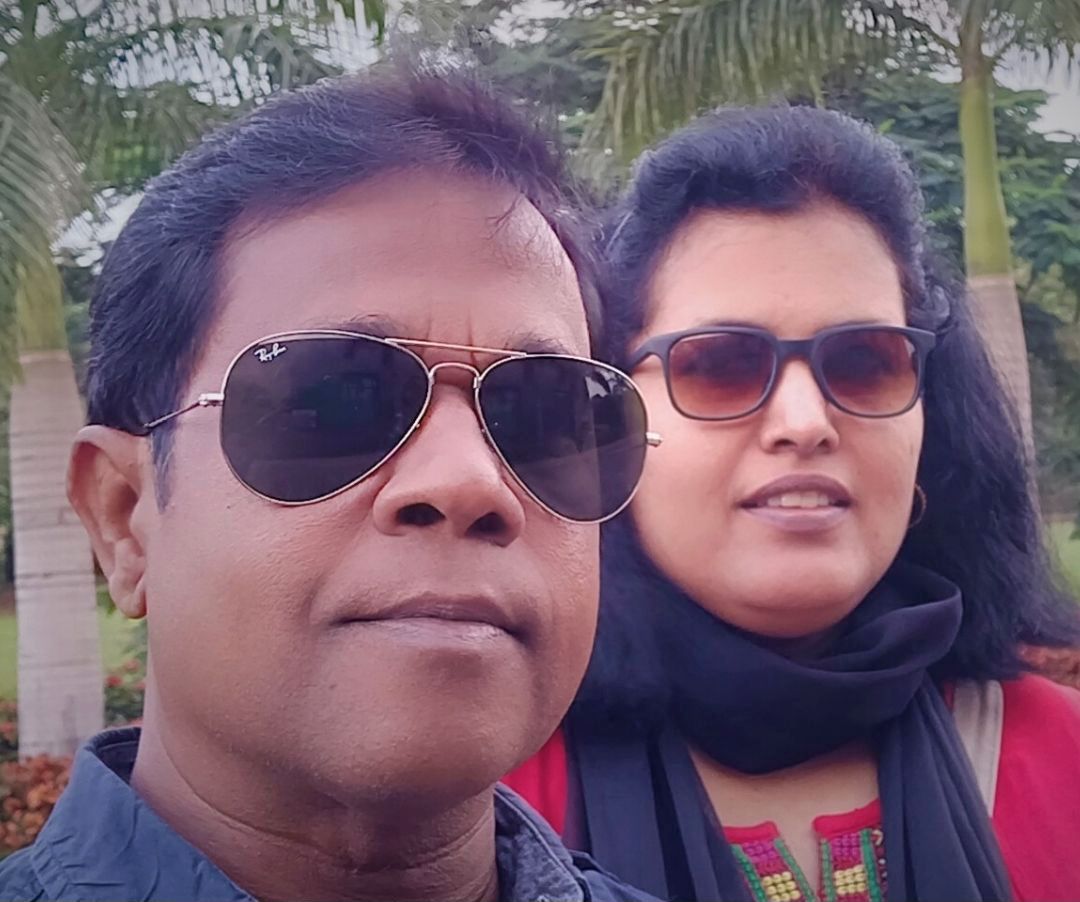
Sandy & Vyjay are a husband and wife duo who are travel content creators. They are co-founders of this travel website and are one of the leading travel content creators in India.
Sandy & Vyjay quit their successful corporate careers to pursue their passion for travel and writing full-time. Their dedication has earned them the “Best Travel Writer” award and numerous accolades on both national and international stages. Focusing on India’s destinations, heritage, and culture, they are passionate advocates for nature and the environment. Through their content, they promote ecotourism and sustainable travel, inspiring others to explore and preserve the beauty of India.
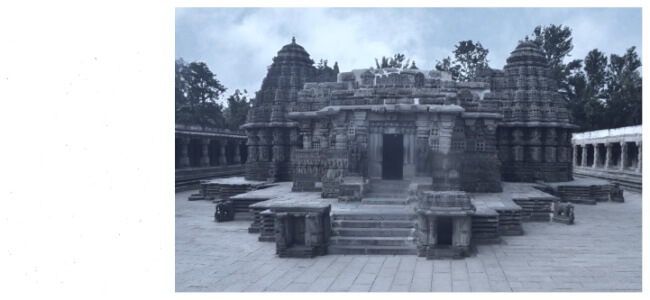

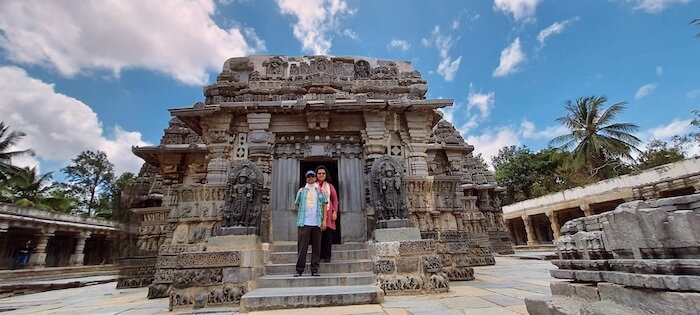
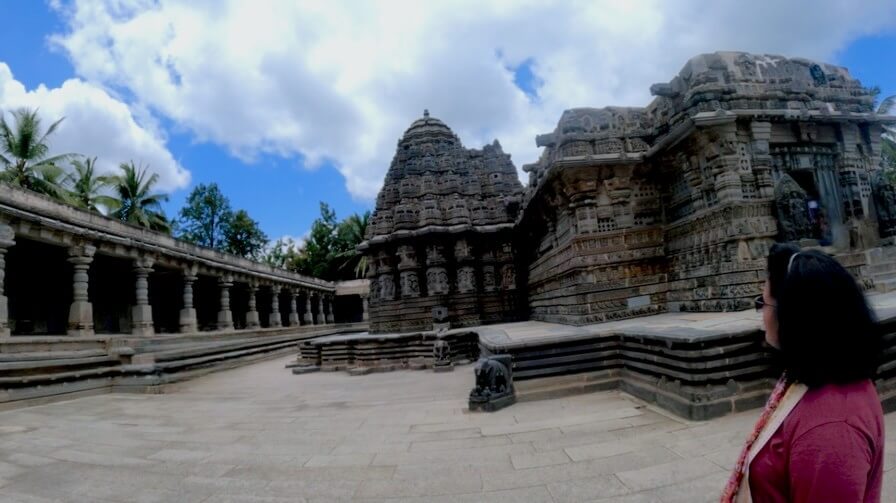
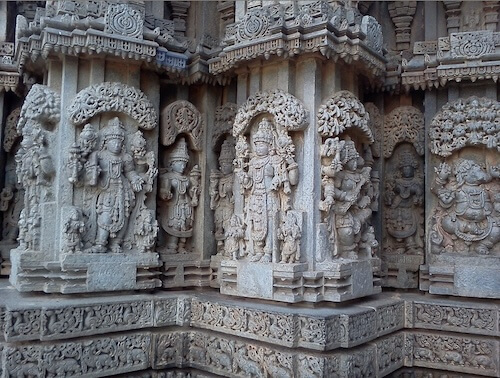
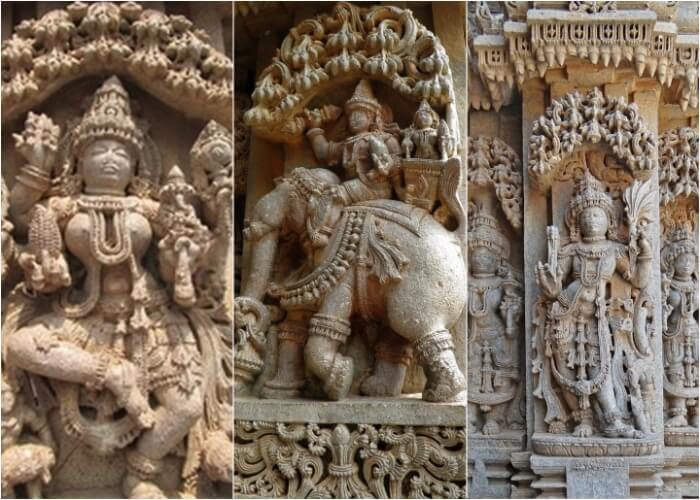
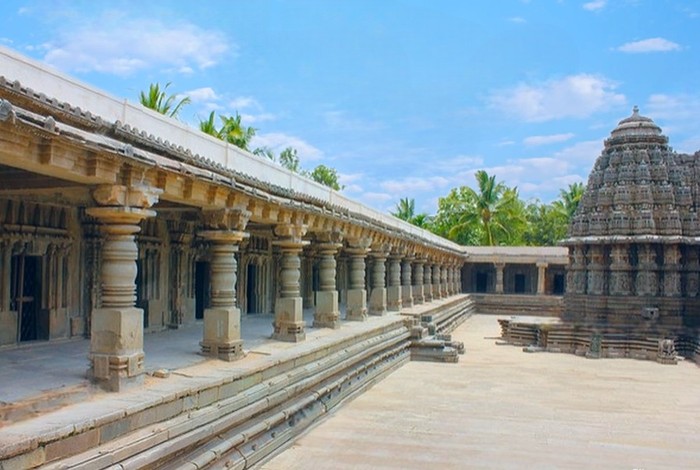
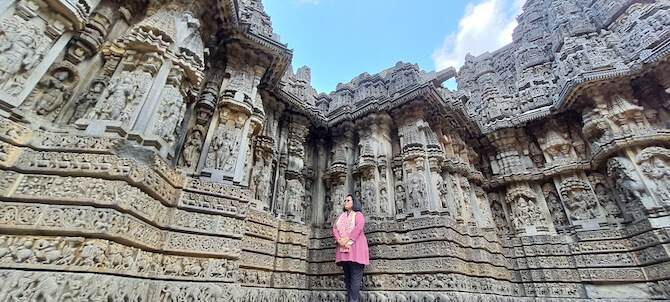
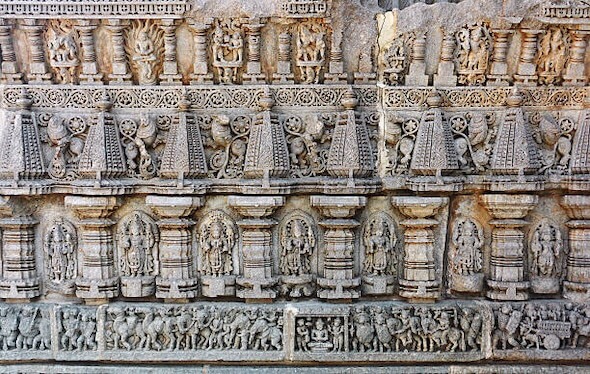
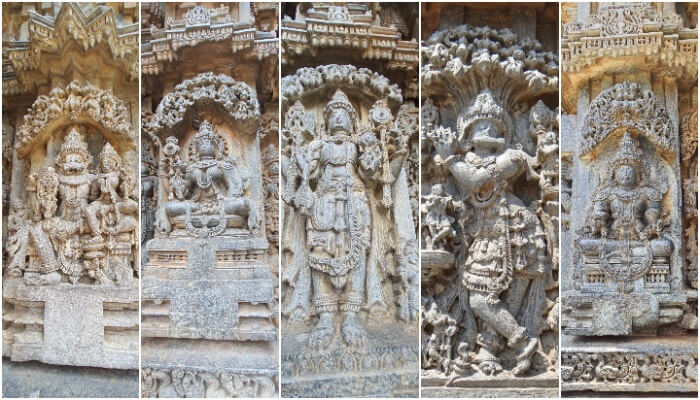


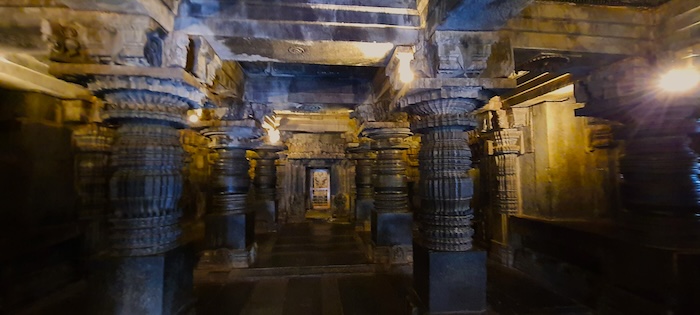
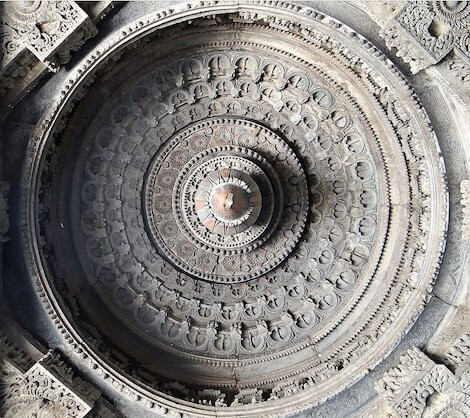
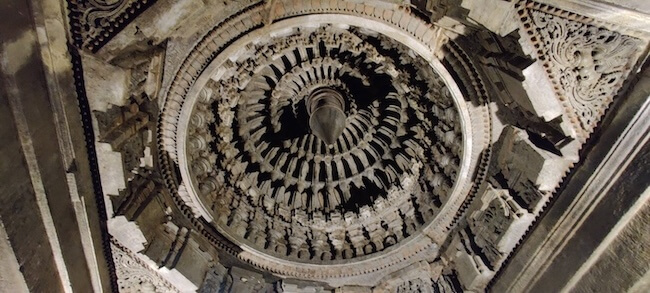
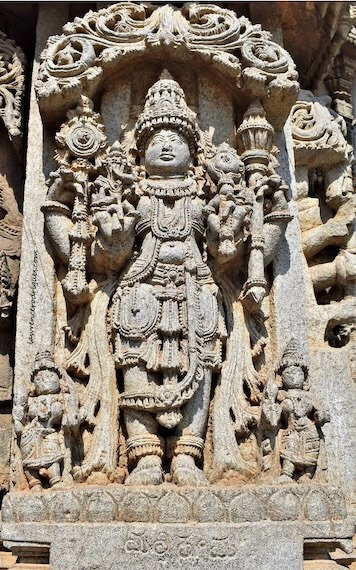
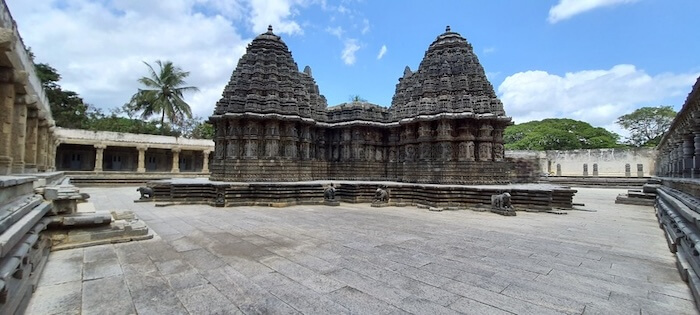
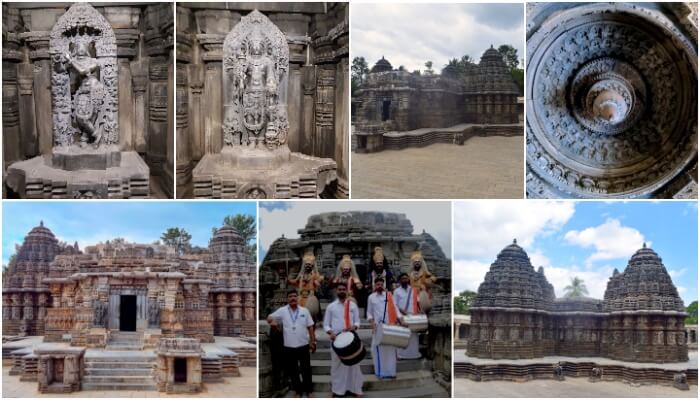
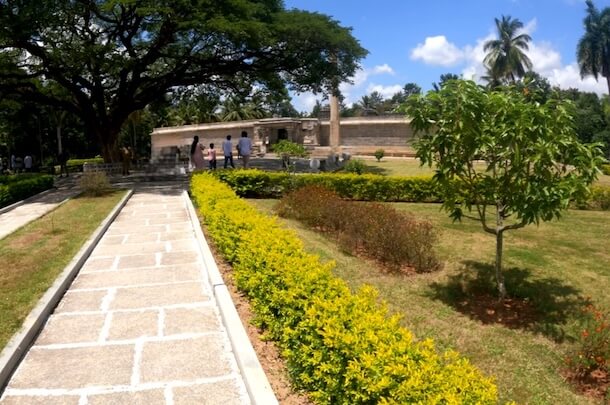
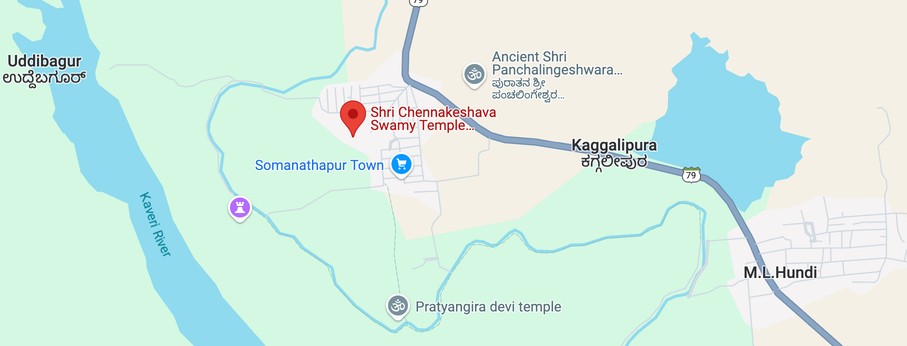
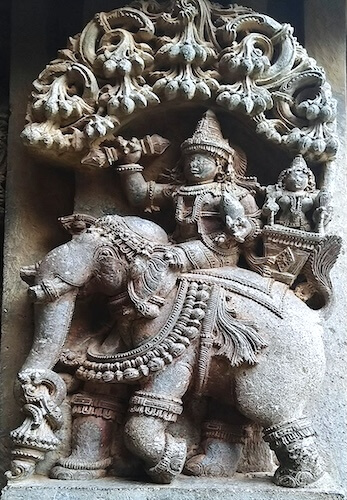
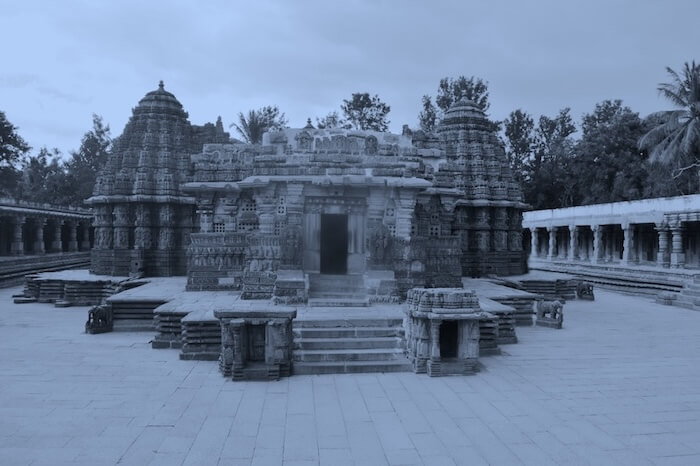
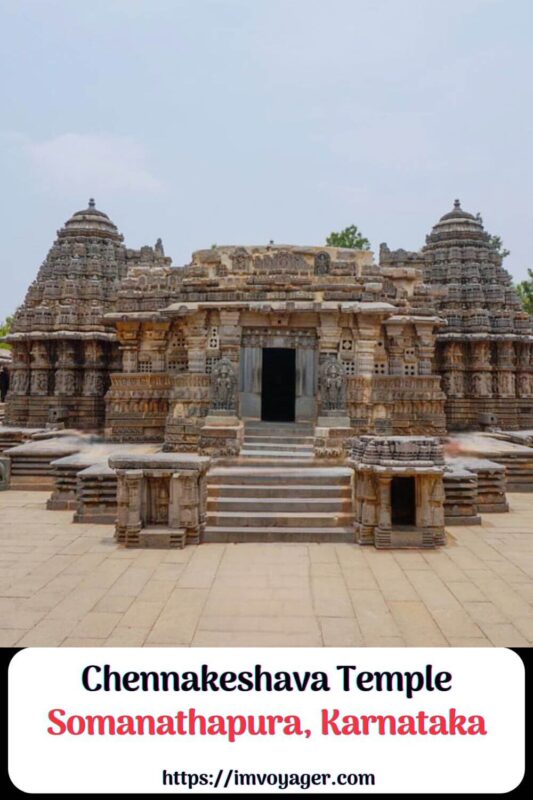



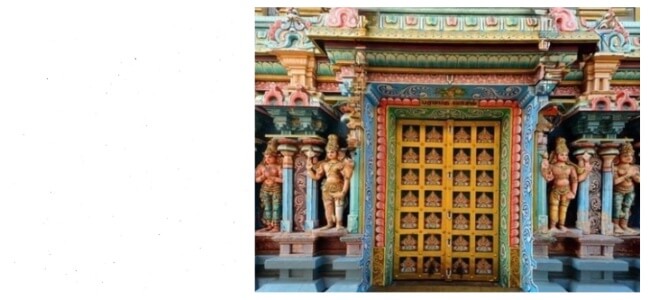
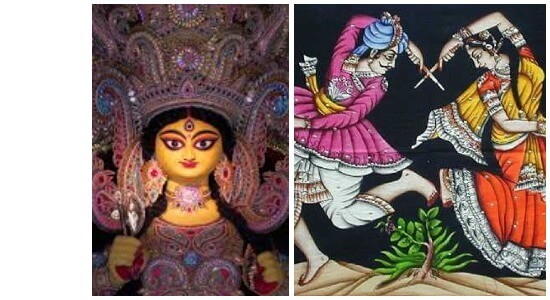
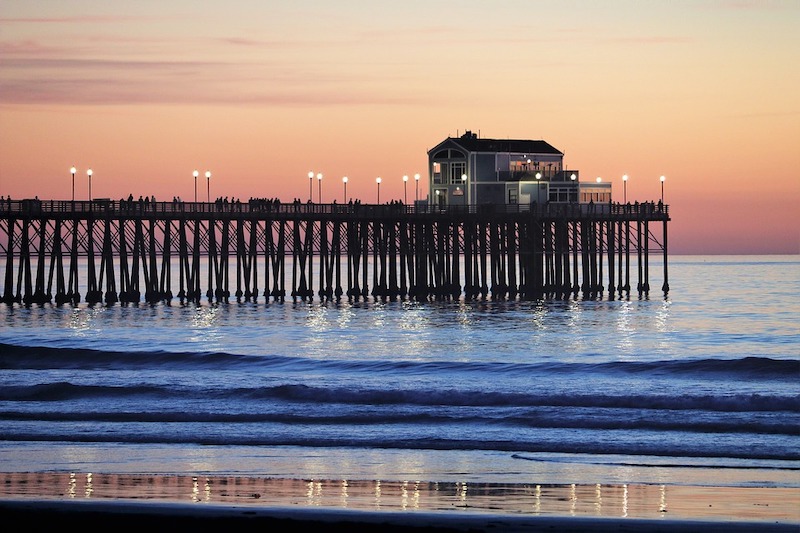
I thought this was a Shiva temple but after reading the post I realise it’s a Keshav Temple. The temple is so breathtaking beautiful. The fact that many of the main statues inside the temple are intact makes it a must visit. Hope I get a divine call soon
Absolutely loved reading this! You’ve captured the grandeur and intricate artistry of the Chennakeshava Temple so beautifully. The way you described the detailed carvings and historical significance really transported me back to the 13th century. It’s incredible how well-preserved the architecture is—truly a testament to the craftsmanship of the Hoysala era. Your photos and storytelling make this a must-visit on my next trip. Keep sharing such gems from our heritage!
I just finished reading a book on Indian temples and your blog post seems to be an extension of my reading repertoire. How beautifully you have captured and described. Seriously, these kind of posts need to be complied in a book!